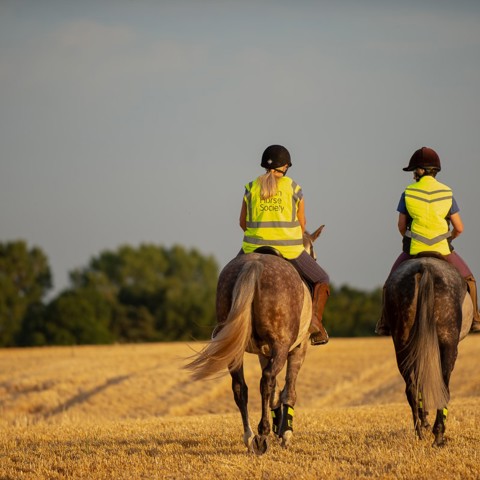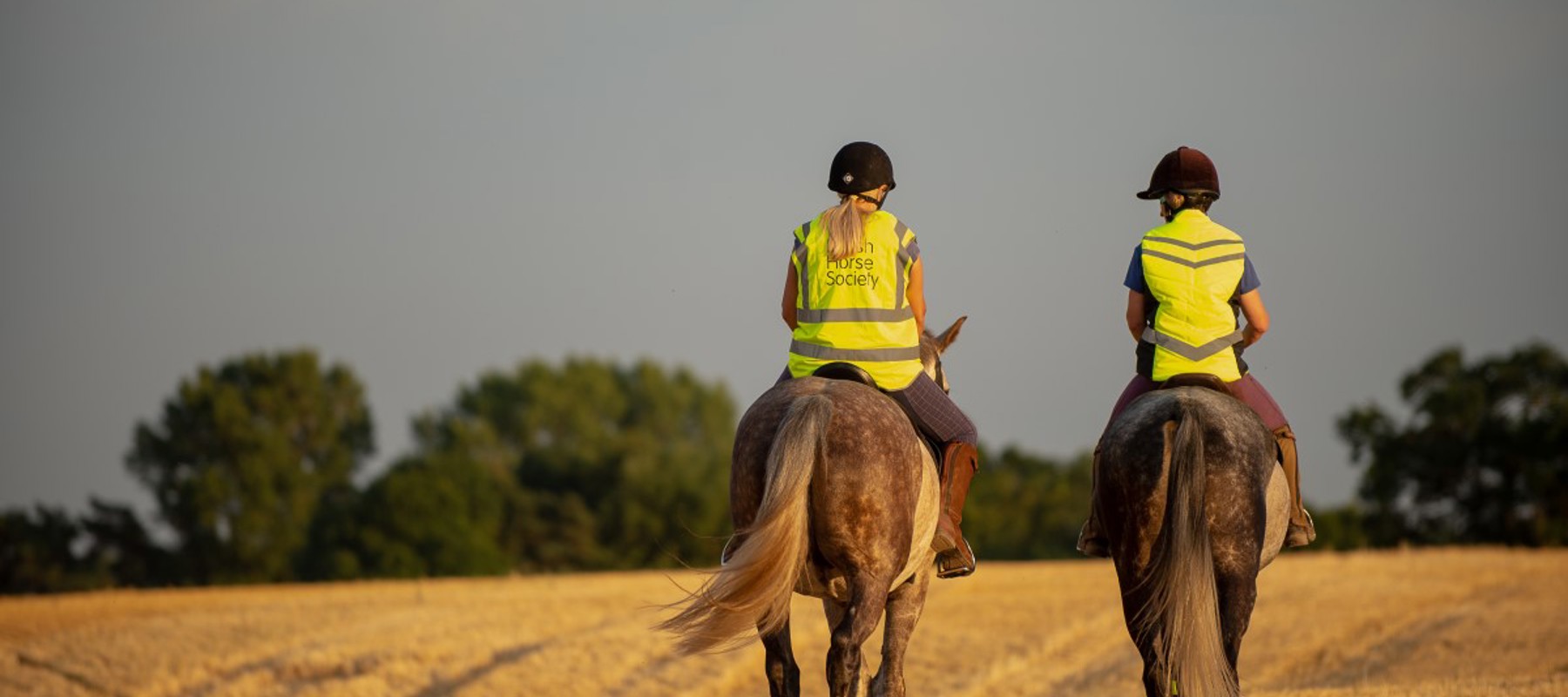Livestock, horses or dogs can sometimes prevent you from using a right of way if the behaviour of the animals is threatening or dangerous. However, often understanding livestock behaviour, and how to best respond, can help you avoid a situation where livestock are presenting a danger to you.
A highway authority has various legal means to have threatening animals removed from a right of way, but you may need to provide good evidence of dangerous behaviour in order for the authority to take action.
Livestock behaviour
- Animals quickly sense and respond to distress. Make sure that you keep calm; move quietly and purposefully; speak with a strong and confident voice.
- Any animal with young ones may behave differently from normal. Mothers are often highly protective of their young ones and so can be more aggressive. You should treat them with caution and consideration.
- Breeding males (such as a bull, ram or stallion) may be more aggressive and protective of their females
- Groups of young cattle and horses may be more boisterous and inquisitive. They may start to approach and follow you closely. You need to be firmly assertive while alert to the situation escalating.
- Livestock are often less reactive to familiar encounters. If you and others frequently ride through livestock, then they will tend to react less because visitors and horses are less interesting or threatening to them.
Advice for equestrians
- Walk quietly and calmly through the field
- Do not ride through any field where there is a dog in the field with livestock
- Avoid coming between mothers and their young ones; if your actions may separate them, stop until they are together before slowly continuing
- If livestock are following you closely, stay calm and turn your horse to face them as the livestock are more likely to retreat. Shout or move towards them if necessary. You may need to do this repeatedly while crossing the field.
- Let livestock know you are there. Stop and wait until they become aware of you, especially if they have young ones.
- Where new livestock is on or by a bridleway or byway, it might be worth a few riders asking the animals’ owner for an opportunity to introduce horses to the animals in a safe environment, perhaps the next field, or when the owner is present


